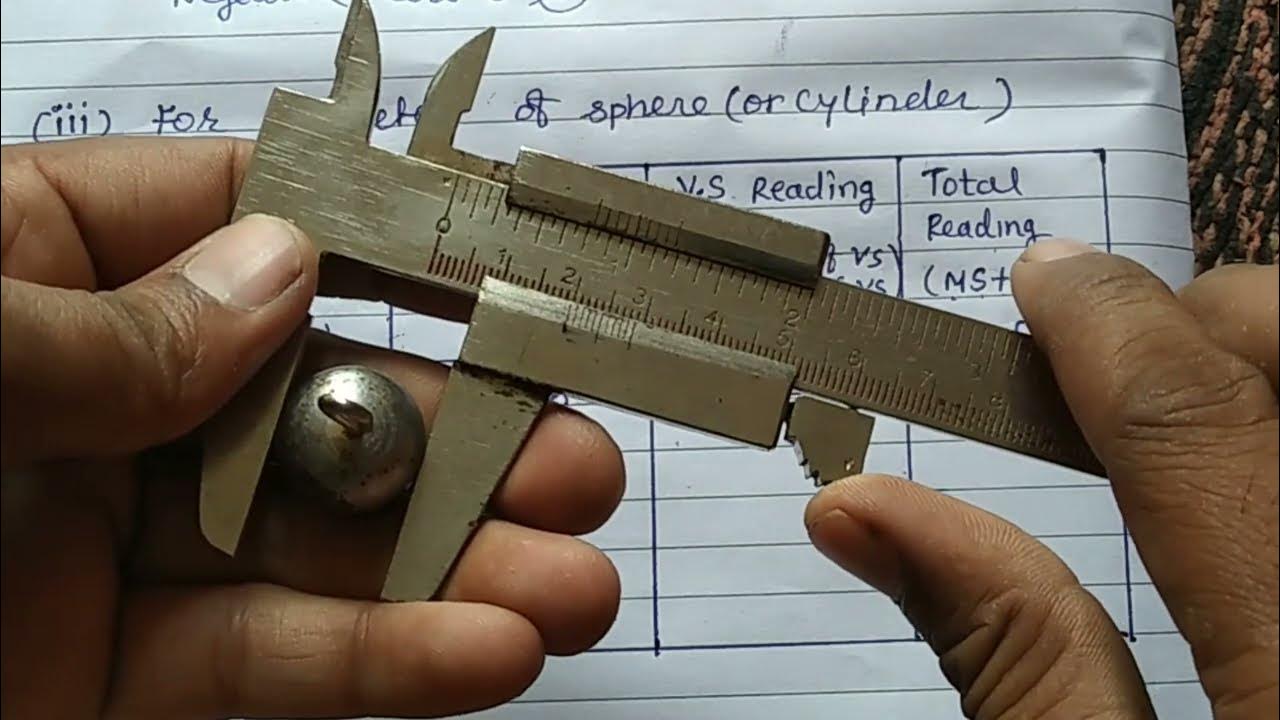Pengukuran | Jangka Sorong | IPA Kelas 7 SMP/MTs | EDURAYA MENGAJAR
Summary
TLDRThis instructional video demonstrates how to use a vernier caliper to measure the thickness, diameter, and depth of holes in objects with a precision of 0.01 mm. The video explains the parts of the caliper, including the fixed and movable jaws, and the main and vernier scales. It guides viewers through the process of measuring the thickness of a book, from adjusting the caliper jaws to reading the measurement by aligning the main scale with the vernier scale's precise line. The tutorial concludes by encouraging viewers to practice using the caliper themselves.
Takeaways
- 📏 The script is a tutorial on how to use a vernier caliper to measure the thickness of an object.
- 🛠 There are specialized tools for measuring thickness, such as a vernier caliper, which is different from a mistar.
- ✅ The vernier caliper can measure not only thickness but also the diameter of an object with a hole and the depth of the hole.
- 🔍 The precision of the vernier caliper is 0.01 mm, allowing for very detailed and accurate measurements.
- 🔧 The caliper consists of a fixed upper jaw and a fixed lower jaw, as well as a movable upper and lower jaw for adjusting the measurement range.
- 🔑 The caliper has a locking screw to secure the jaws in place once the measurement is taken.
- 📐 The caliper features two scales: a main scale and a vernier scale, which work together to read the measurement.
- 📚 The tutorial demonstrates measuring the thickness of a textbook using the vernier caliper.
- 🔄 To take a measurement, the user must turn the locking screw to open the jaws, place the object between the jaws, and then close the jaws again.
- 📏 Reading the measurement involves looking at the main scale for whole numbers and the vernier scale for the decimal portion, using a line that aligns with the vernier scale.
- 🎓 The example given results in a measurement of 2.28 cm, calculated by adding the whole number from the main scale to the decimal from the vernier scale.
Q & A
What is the purpose of the tool described in the script?
-The tool described in the script is used for measuring the thickness, diameter, and depth of holes in objects with a high degree of precision.
What is the accuracy level of the measuring tool mentioned?
-The measuring tool has an accuracy level of 0.01 mm, allowing for very precise measurements.
What are the different parts of the measuring tool discussed in the script?
-The different parts of the measuring tool include the fixed upper jaw, the fixed lower jaw, the movable upper jaw, the movable lower jaw, and the vernier scale.
How does one use the measuring tool to measure the thickness of an object?
-To measure the thickness of an object, one must rotate the lock knob to open the lower jaw, place the object between the jaws, adjust the movable jaws to fit the object, and then close the lock knob. The measurement is then read from the main scale and the vernier scale.
What is the function of the vernier scale on the measuring tool?
-The vernier scale on the measuring tool is used in conjunction with the main scale to provide more precise readings, allowing for measurements to be taken to the nearest 0.01 mm.
How does one read the measurement from the main scale and vernier scale?
-One reads the measurement by noting the position of the zero mark on the vernier scale relative to the main scale, and then counting the number of lines on the vernier scale that align with the main scale, each line representing 0.01 mm.
What is the significance of the 'toothed rack' mentioned in the script?
-The 'toothed rack' is likely a part of the vernier caliper mechanism that allows for the fine adjustment of the jaws to measure the object accurately.
How does the script demonstrate the measurement of a book's thickness?
-The script demonstrates the measurement of a book's thickness by placing the book between the jaws, adjusting the jaws to fit the book, and then reading the measurement from the scales.
What is the final measurement of the book's thickness given in the script?
-The final measurement of the book's thickness is 2.28 cm, as calculated by adding 0.08 cm (from the vernier scale) to 2.2 cm (from the main scale).
What is the importance of ensuring the vernier caliper is positioned straight when measuring?
-Ensuring the vernier caliper is positioned straight is important for accurate measurements, as any tilt can lead to incorrect readings.
What is the purpose of the 'locking screw' on the measuring tool?
-The 'locking screw' on the measuring tool is used to fix the position of the jaws once the object is placed between them, ensuring the measurement remains stable while the reading is taken.
Outlines

Этот раздел доступен только подписчикам платных тарифов. Пожалуйста, перейдите на платный тариф для доступа.
Перейти на платный тарифMindmap

Этот раздел доступен только подписчикам платных тарифов. Пожалуйста, перейдите на платный тариф для доступа.
Перейти на платный тарифKeywords

Этот раздел доступен только подписчикам платных тарифов. Пожалуйста, перейдите на платный тариф для доступа.
Перейти на платный тарифHighlights

Этот раздел доступен только подписчикам платных тарифов. Пожалуйста, перейдите на платный тариф для доступа.
Перейти на платный тарифTranscripts

Этот раздел доступен только подписчикам платных тарифов. Пожалуйста, перейдите на платный тариф для доступа.
Перейти на платный тарифПосмотреть больше похожих видео

TUTORIAL JANGKA SORONG : Mengukur Ketebalan, Diameter Luar, Diameter Dalam, serta Kedalaman

how to find the diameter of spherical/cylindrical body using vernier caliper/class11experiment 1 phy

Cara Menggunakan + Menghitung Jangka Sorong

How to Read a Metric Vernier Caliper

S01E02 - BELAJAR ALAT UKUR VERNIER CALIPER

CARA MEMBACA JANGKA SORONG | KETELITIAN 0.02 mm | VERNIER CALIPER | SIGMAT
5.0 / 5 (0 votes)
